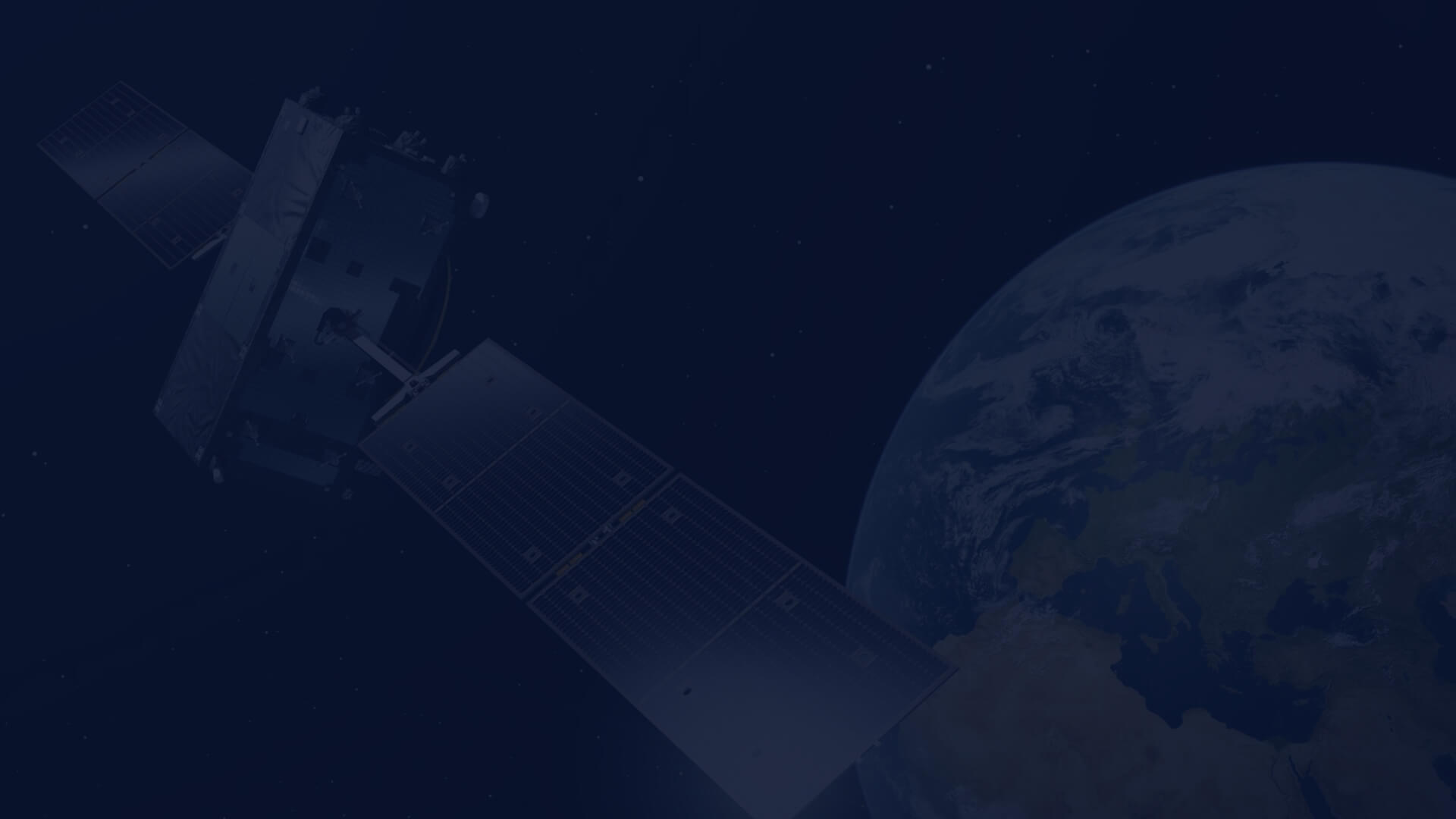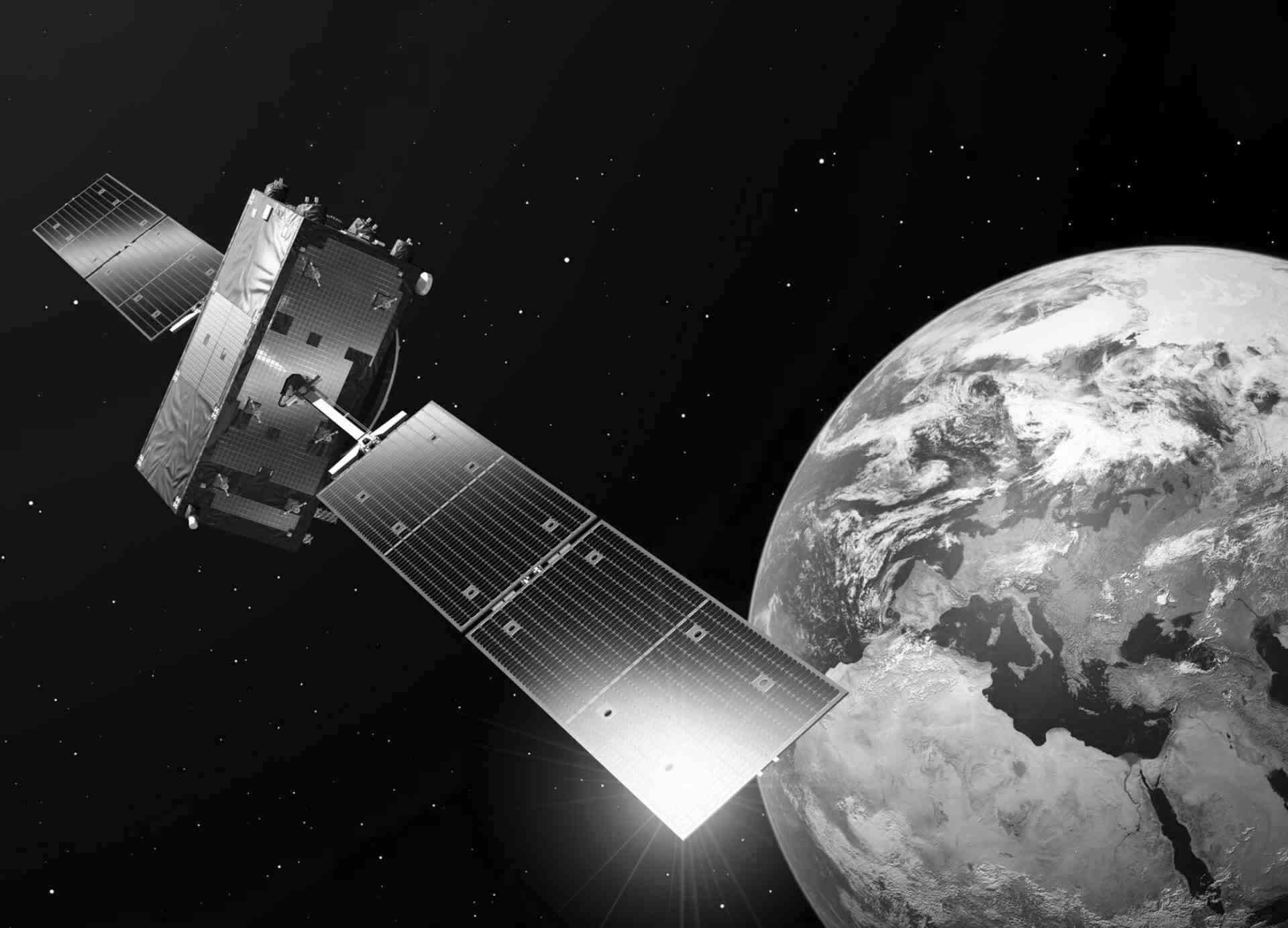Copernicus Contributing Mission datasets now available
Author: András Zlinszky, Community Evangelist at Sinergise Solutions
Have you ever wished that Sentinel data had higher spatial resolution? We might have a solution for you - Copernicus Contributing Mission (CCM) datasets that are provided within the framework of the Copernicus Programme but are not collected by the Sentinel satellites.
The Copernicus Contributing Mission datasets are contributed by various commercial public satellite operators and are processed to deliver sources of information complementary to the Sentinel satellites. These include optical high-resolution and very high resolution image products, and SAR-based processed map products. Specifically, several optical (RGB + NIR) coverages are available for Europe (2015, 2018, 2021), with specific datasets focusing on large urban areas (Urban Atlas 2006, 2009, 2012), and high resolution monthly mosaics available between 2011 and 2015.
Additionally, VHR optical imagery is available for Sub-Saharan Africa (2011-2013). SAR products include sea ice monitoring products for European seas and the Polar Oceans, and digital elevation models for Europe with 10 m resolution, with snow cover datasets also coming up soon. The datasets are gradually added to the Data Catalog and Sentinel Hub Services (including the Browser), but all datasets will be available in Copernicus Data Space Ecosystem.
Currently, VHR Europe and VHR Urban Atlas mosaics are available for download in Copernicus Browser or through OData Queries. In the Browser, the Search Panel includes CCM data as a separate collection. Times and areas of interest can be queried, data sources can be selected, and the resulting images can be downloaded directly. Alternatively, in an OData query, the data source, area and time of interest and optional filtering parameters can be set, providing a response that is compatible with both GIS software and in-code processing.

Copernicus Contributing Mission Datasets are available subject to specific licensing conditions that are slightly different from the fully open license valid for Sentinel data. Access to Copernicus Contributing Missions can be requested in the user profile by indicating interest, filling in the relevant project names if applicable, and agreeing to the license conditions. The new datasets are expected to contribute to urban planning, agriculture and protected area monitoring, natural resource Management and education. High spatial and low spectral resolution datasets are especially useful for visual interpretation, which may help provide context for changes observed in more regular Sentinel data. Additionally, machine learning algorithms can take advantage of the integration of high spatial resolution data with Sentinel data at the application level. Primary users of the datasets are the Copernicus Services (mainly Land, Emergency, Security, Marine), but EU and national public authorities and the industry community are also expected to benefit from the release of these datasets.
How to access Copernicus Contributing Mission datasets via CREODIAS?
To access Copernicus Contributing Mission datasets via CREODIAS, firstly you need to accept the CCM license and be positively evaluated as eligible - more information on this page.
Once you are eligible, the data will appear in the /eodata/CCM folder on your Virtual Machine. You can search for data over your AOI using standard Odata queries. Furthermore, you can stream the data directly to your applications with your external S3 CDSE credentials. More information can be found here.

